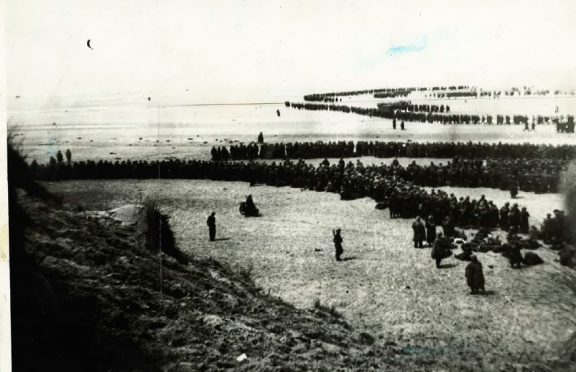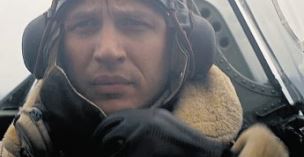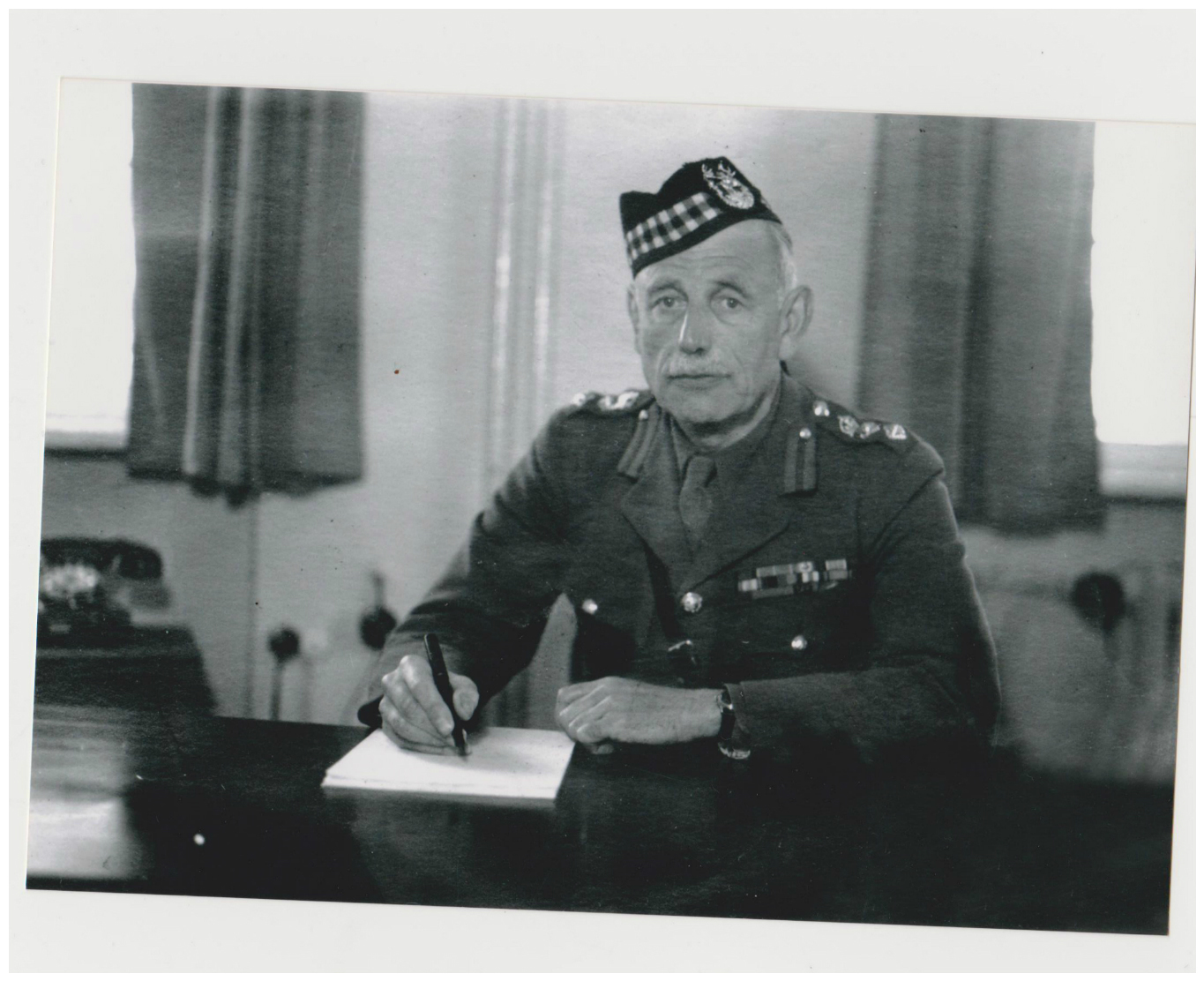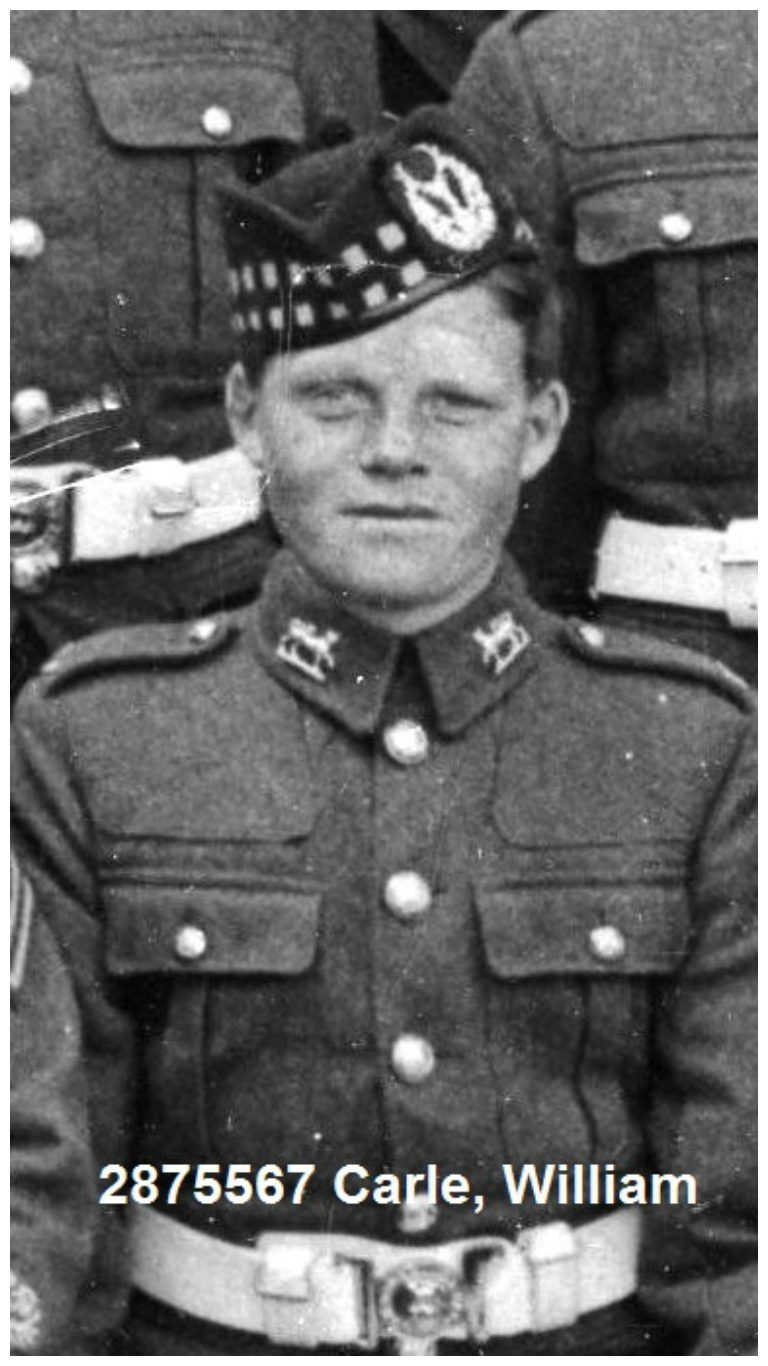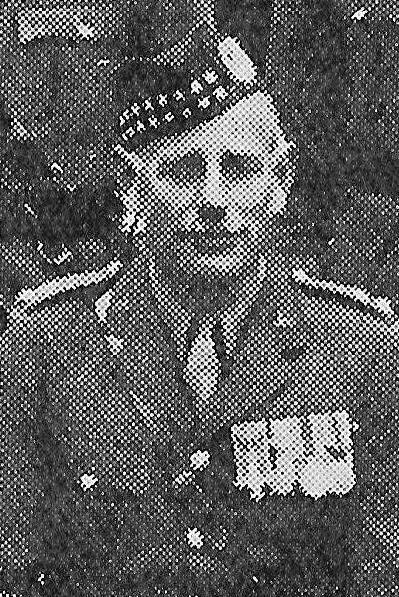It is May 26, 1940.
The beaches of Dunkirk are almost invisible under the swarms of troops who have retreated to the French shore. Many are wounded, most are hungry, and all of them just want to go home.
The story of the evacuation of Dunkirk is one well known – nearly 200,000 British troops were rescued from the beaches of France during World War II, among other Allied forces who were also saved.
It is a tale which sparks patriotism, showing the bravery of the civilians who rushed to save the endangered soldiers on the other side of the English Channel, and the strength of the men who fought.
It is no wonder Hollywood have got hold of it.
This summer will see the release of Christopher Nolan’s epic war film which takes audiences back to May 1940, when Germany advances into France, trapping Allied troops on the beaches of Dunkirk.

The heroic mission to save the troops was undergone by naval and civilian vessels, evacuating the soldiers away from danger. Audiences will sit on the edge of their seats, their hearts in their mouths as they watch 330,000 French, British, Belgian and Dutch soldiers as they escape from the German troops looming behind them.
But behind the Hollywood drama, the fake blood and the costume trucks filled with uniforms, there are the stories of the individual men who fled for their lives.
One of the many regiments on the beach who made it to safety were the men from Scotland’s Gordon Highlanders.
A celebrated name in Scottish history, the 200-year-old battalion amalgamated in 1994 with the Queen’s Own Highlanders, and are now known as part of The Royal Regiment of Scotland. Raised by the 4th Duke of Gordon in 1794, The Gordon Highlanders served with the British Expeditionary Force in France during World War II.
Many of the Highlanders had seen the front lines previously, with 50,000 Gordons serving in World War I.
One of these men was Brigadier Charles “Dougie” Usher, a senior officer with the British Expeditionary Force (BEF) who was responsible for the logistical support. His is a tale which his son, 90-year-old Kenneth Usher, tells with great admiration and detail.
“His story is quite breath taking. I’ve always felt it should be turned into a movie,” said Kenneth, who now lives in Gloucestershire.
“He received a small amount of recognition.
“The Gordon Highlanders had some very distinguished generals.”
A fire at Kenneth’s home in 2006 destroyed many of Kenneth’s family records. He has worked hard to recover many of them, piecing them all together, and recently found out in his research that his father was one of the few Scottish soldiers to wear a kilt at that time.
Keen to give his father more recognition for his bravery, Kenneth said: “He was born in 1891 and joined the army in 1911 before commanding the 1st Battalion of The Gordon Highlanders in 1939 when they went to France.
“There is an old MGM film of Charles showing Lord Gort [the commander in chief of the BEF] around as they were preparing for battle. They were going gas drills and digging trenches.”
Charles, who was fluent in Doric, sent out commands to collect ammunition and supply vehicles from around Canal de Bergues and to dispatch fighting troops to the beaches between Dunkirk and La Panne. Other withdrawing troops helped to man the defences around the evacuated men.
Despite being under attack by shell and exhausted, Charles was determined to hold the town of Bergues against the advancing enemy, keeping the men on the beach safe.
“If he hadn’t held Bergues, the Adolf Hitler division would have run over a fair proportion of those at Dunkirk, chopping them into small pieces,” Kenneth said proudly of the achievements of his father Charles.
“All the films would have been rather spoiled as only half would have been picked up from the beaches.”
Charles Usher was given command of a mixed unit and told to defend part of the Dunkirk perimeter. As the Germans closed in on the stranded soldiers, Charles and his men stood their ground and potentially saved the lives of thousands on the beaches.
This was not the only time Charles showed bravery during his military career. In World War I he was captured at Le Cateau in late August of 1914, along with the 1st Battalion of The Gordon Highlanders.
He spent much of his time as a POW keeping up the morale of the other prisoners, creating a magazine with them. He also smuggled back to Britain secret information and codes, informing on the actions of the Germans.
A collection of the handmade magazines can be seen in the Gordon Highlanders Museum in Aberdeen, which is the first port of call when researching anything about the Highland battalion. Stewart Mitchell, who is 70 years old, spends a lot of his time during the week volunteering at the museum, where people can find out about the history of the Gordons.
Growing up in Elgin, Stewart developed an interest in military history and volunteers at the museum to help with research. He said: “There were two battalions of Gordon Highlanders at Dunkirk, which were the 4th and 6th battalions.
“Each battalion has about 1,000 men, so there were about 2,000 Gordons there, although a small number had been killed, wounded or captured so fewer than this were evacuated.”
Stewart is part of the team of researchers who generate income for the museum, and answers a lot of family inquiries about Gordon Highlanders. His book, Scattered Under The Rising Sun, which covers the Gordon Highlanders captured in Singapore in 1942, was a project with emanated from his research.
His knowledge covers a huge amount of history, including the men who fought in World War II.
He explained: “There would have been other north-east men in other regiments and not all of the Gordons were from the north-east, although most were as they were TA soldiers.”
Stewart knows of the bravery of many Gordon Highlanders. According to him, Brigadier Charles Usher and his aide, Major Jeffries, were being driven by an experienced Gordon Highlander, Private William Carle, near Bergues. On May 23, when there were only six miles from the port area of Dunkirk, the group were halted because the road was being heavily bombed.
Abandoned lorries blocked their path, the drivers sheltering in ditches along the roadside. Showing a complete disregard for his own safety, William Carle drove each lorry in turn out of the road and cleared a path for Charles’s car to pass through.
What would the film directors think of the bravery of men such as William and Charles? While many did make it to safety, the new cinematic release is a chance to reflect on the struggles actors like Harry Styles and Tom Hardy are portraying. The Scottish fans would have certainly liked Tom in a kilt.
